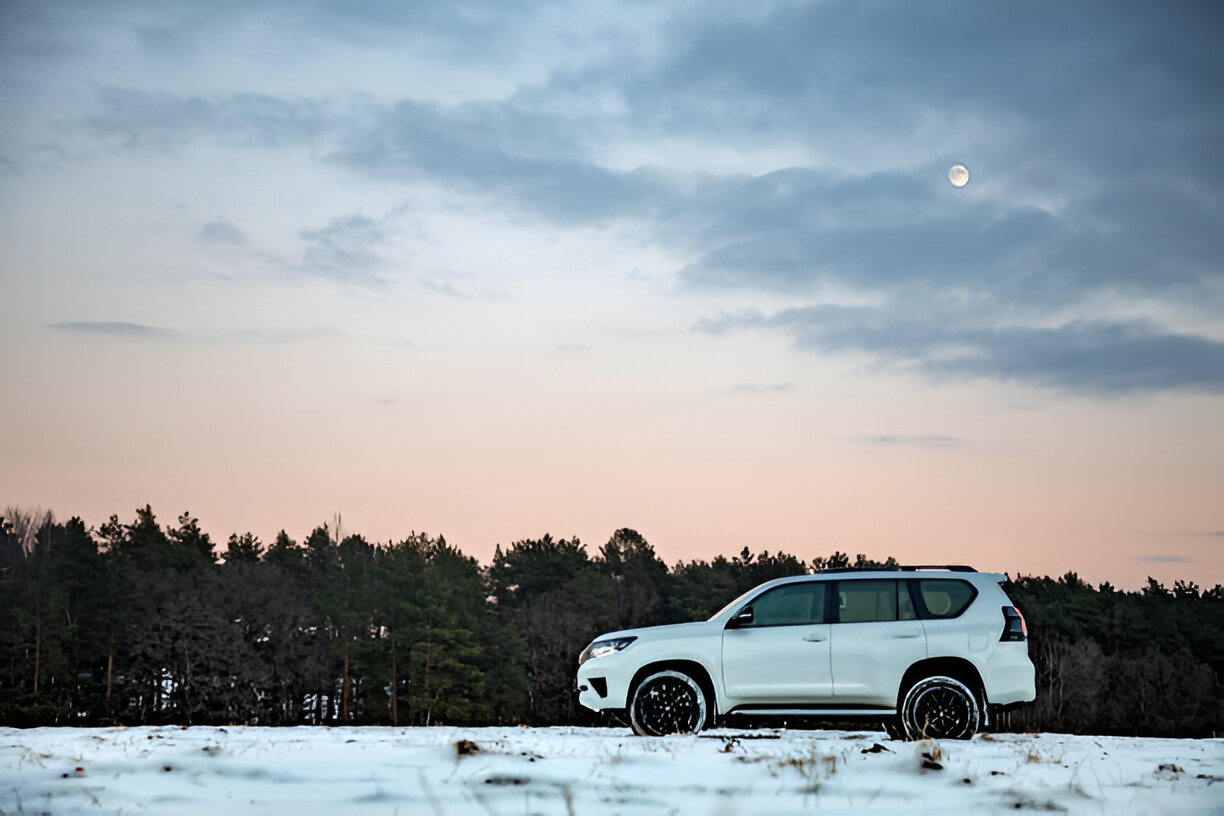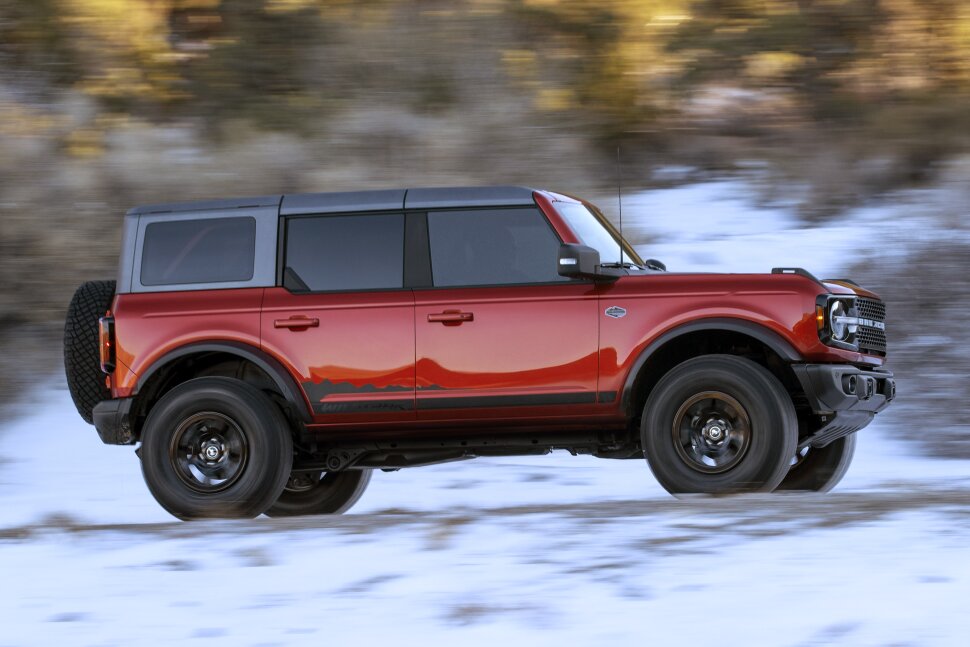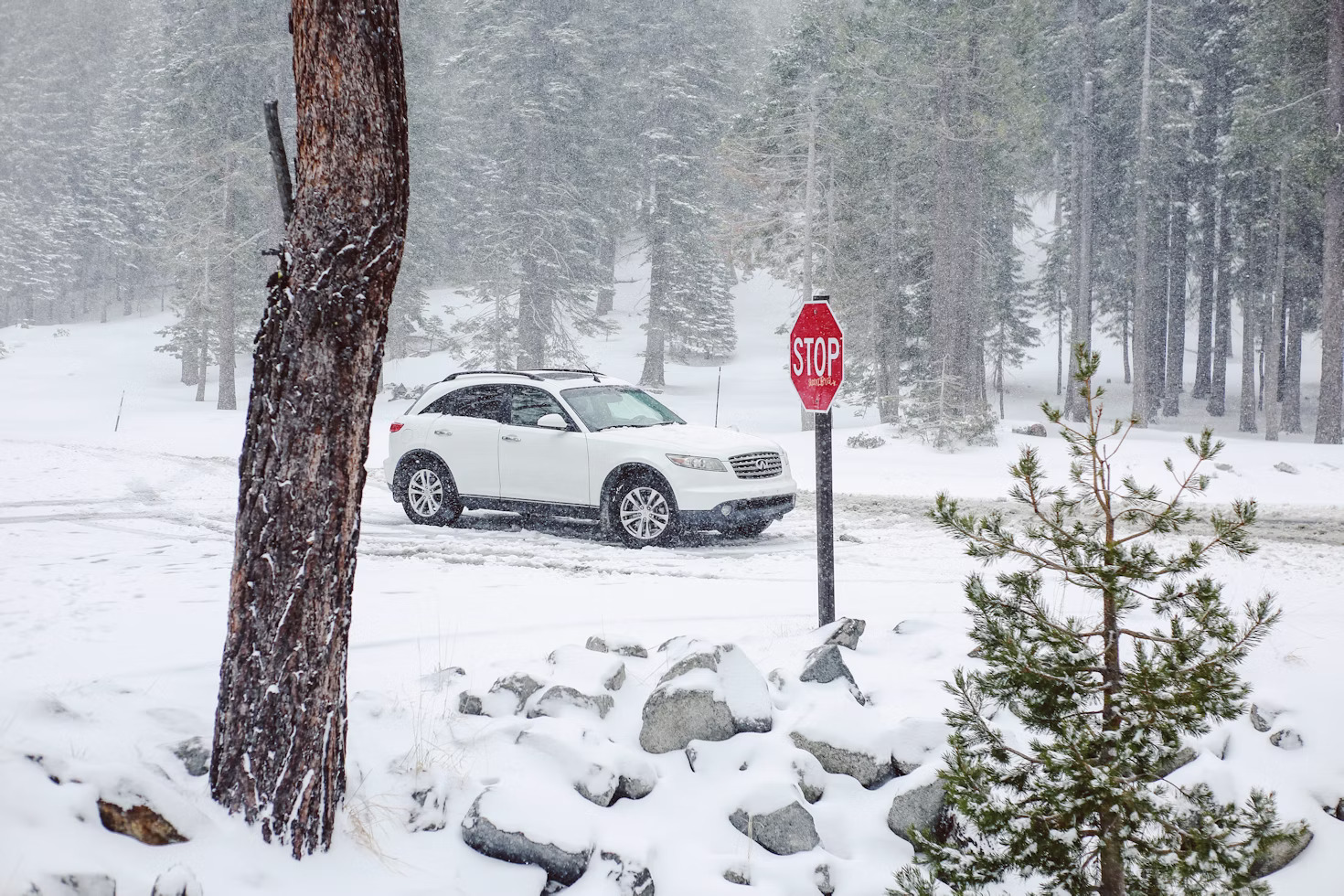Last Updated on July 19, 2025
Your Ultimate Guide to Install Winter Tires & Safer Driving
Winter is just around the corner, and the safety of your journeys depends heavily on your vehicle’s winter tires. Choosing the right time to Install Winter Tires can make all the difference in your driving experience. This comprehensive guide will delve into the intricate details of winter tire installation timing, providing you with the knowledge needed to stay safe on frosty roads. Discover the secrets to optimal winter tire performance and get ready for a winter of worry-free driving.

Understanding Winter Tires
Before diving into the installation timing, let’s briefly recap what winter tires are and why they are essential for colder climates. Winter tires, also known as snow tires, are specially designed to excel in low temperatures and adverse weather conditions. They are crafted with a unique rubber compound that remains pliable in the cold, providing superior traction and control on icy and snowy roads.
The Optimal Timing for Winter Tire Installation
Choosing the right time for winter tire installation can make all the difference in your safety and driving experience during the colder months. Discover the optimal timing for a secure and hassle-free transition to winter tires.
Temperature Thresholds: The Key to Timing
The ideal time to install winter tires depends on temperature thresholds rather than specific calendar dates. When temperatures consistently dip below 45°F (7°C), it’s time to consider swapping out your all-season or summer tires for winter ones. At this point, the rubber compounds in winter tires provide optimal grip, enhancing your vehicle’s safety and performance.
Early Bird or Late Bloomer?
Some drivers wonder whether installing winter tires early in the season or waiting until the last minute is better. The answer lies in preparedness. If you want to ensure you’re ready for the first frost or snowfall, schedule your installation early in the fall, ideally in October. However, if you’re willing to monitor the weather closely and wait until the temperature consistently reaches that 45°F (7°C) threshold, you can install them a bit later, typically in November.
Avoid the Holiday Rush
Waiting until the last minute, such as in December or January, can lead to delays and shortages at tire shops due to the surge in demand during the holiday season. Planning and scheduling your installation early can avoid the stress and potential inconvenience of delayed tire installations.

Why Timing Matters
Timing plays a pivotal role in various aspects of our lives, and in the context of this discussion, we will explore why it matters significantly.
Maximizing Traction and Control
Winter tire rubber compounds are specifically engineered to provide exceptional grip in cold conditions. Installing them at the right time ensures you have the best possible traction and control when needed.
Avoiding Wear and Tear
Running winter tires on warmer road surfaces can cause them to wear out faster. By following the temperature-based timing guidelines, you can extend the lifespan of your winter tires and maximize your investment.
Enhancing Safety
Winter driving can be treacherous, with slippery roads and reduced visibility. Installing winter tires at the right time significantly enhances your safety by reducing the risk of accidents caused by inadequate tire performance.
Would you like to know the tips for winterizing your car?
Read this blog: Tips for Winterizing Your Car
Conclusion
In the world of winter tire installation, timing is everything. By paying attention to temperature thresholds and planning your installation accordingly, you can ensure that your vehicle is equipped to handle the challenges of winter driving. Whether you install your winter tires early or wait until the temperature drops consistently, the key is to be proactive and prepared. Don’t leave your safety to chance; invest in the timing for winter tire installation and enjoy a season of confident, secure driving.
Remember, when it comes to winter tires, it’s not just about having the right tires – it’s about having them on at the right time. Stay safe, stay prepared, and embrace the winter roads with confidence.
Interesting in knowing how to buy the best snow and winter tires?
Please read our guide about: Buy Snow & Winter Tires
FAQs
How to Install Winter Tires?
Follow these steps – prepare your vehicle, gather tools, loosen lug nuts, lift the car, remove current tires, install winter tires, hand-tighten lug nuts, lower the car, wrench-tighten lug nuts, double-check tightness, repeat for all tires, and maintain tire pressure.
Can I Install My Own Winter Tires?
Yes, if you have the necessary tools and knowledge. However, professional installation is recommended for safety and proper alignment.
Do You Need to Put Winter Tires on All 4?
Ideally, yes. Installing winter tires on all four wheels provides balanced traction and stability. Mixing winter and all-season tires can lead to handling issues.
When Should You Install Winter Tires?
Install winter tires when temperatures drop below 45°F (7°C) or before the first snowfall. Early installation is safer.
Do I Only Need 2 Winter Tires?
While using two winter tires on the drive wheels is possible, installing all four for balanced performance and better handling in winter conditions is safer.
-
Automotive Specialist
-
Proofreader
-
Writer









